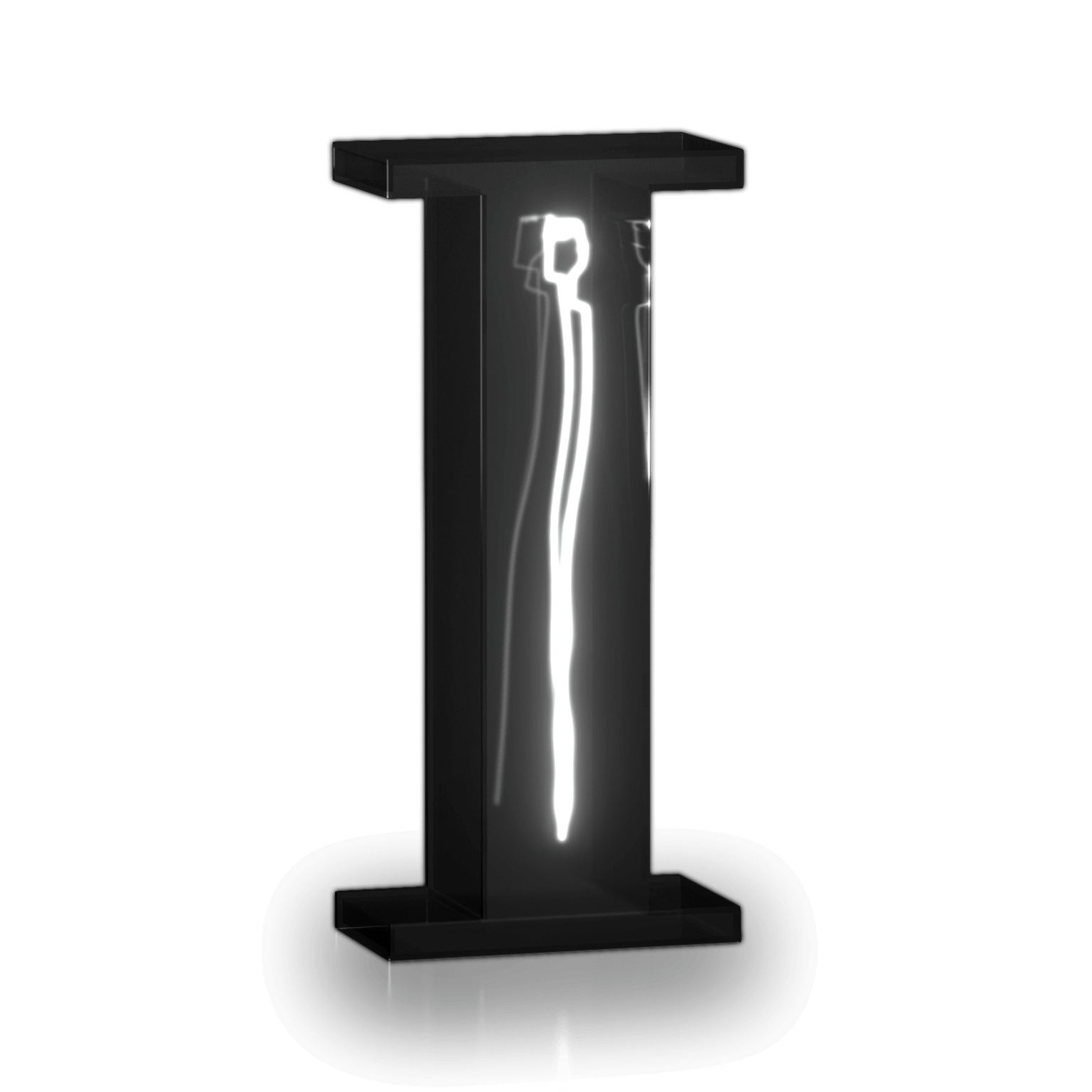When leadership changes, insight needs to lead

Author
Rachel Williams
Head of Qualitative Research for Basis's Consumer UK division

Author
Rachel Williams
Head of Qualitative Research for Basis's Consumer UK division

We’ve been hearing a common concern from clients recently: “There’s been a leadership change – and we’re not sure what it means for us.”
If that sounds familiar, you’re not alone. If it doesn’t, chances are it will someday.
Whether it’s a new CEO, a new CMO, or a broader restructure, change at the top tends to send ripples throughout the business. Priorities shift. Pressure builds. And insight teams often find themselves caught in the middle – needing to re-establish their value at pace, while they wait for clarity and direction.
At Basis, we’ve spoken to insight leads across a range of industries – from retail to utilities to tech – about how they’ve navigated these moments. Their advice is refreshingly practical and reassuringly familiar. Because while every leadership change looks different, the challenges (and opportunities) insight teams face are often the same.
So how can you get off on the front foot, stay focused on what matters, and use the changes above to raise your profile – and the impact of your insight?
Let’s find out.
What to expect when everything changes
Firstly, let’s talk about what’s at play.
When a new leader lands, insight teams can find themselves facing a mix of practical and emotional challenges – often all at once. Here’s what typically comes up:
- A relationship reset. You’ll need to rebuild trust and credibility with someone who doesn’t yet know the value you bring.
- Shifting priorities. Their focus might be completely different – and yours will need to flex to meet it.
- A knowledge gap. Don’t assume they ‘get’ insight or your customer base. Many don’t – and that’s OK.
- Pressure to perform. There’s often an unspoken need to prove your worth quickly, before the new strategy settles in.
- Fear and uncertainty. Especially for teams navigating restructures or unclear roles, it can feel like the ground is shifting beneath your feet.
These are common – and they’re manageable. What matters is how you show up in the early days. And that’s what we’re here to help with.
5 tips for how to best manage leadership change
1. Get in early – and show up ready
“You’ve got to get in front of them early. Insight can’t be an afterthought, so you really have to own and set your own agenda.”
That was the clear takeaway from one insight leader who’d recently onboarded a new senior stakeholder. Their advice? Prepare before they arrive. Create a short, strategic summary of what your team does, how it adds value, and what you’ve already delivered.
Be ready to talk about what matters – not just the method behind it.
Another leader shared how they created a list of essential documents for their new C-suite exec, summarised with the ‘why’ up front.
“It’s best to have an induction session. We pull together key documents, with a high-level summary of why they’re relevant — something clear and accessible.”
And when they do come to you with a new request for insight? One leader had two questions they always ask to sharpen the conversation:
“What is it you want to know – in your language? And if I gave you the answer right now, what would you do with it?”
Those simple prompts help focus these early conversations and ensure insight lands with purpose.
2. Don’t assume they get it
“There’s always an assumed level of knowledge… but I was still surprised at what they didn’t know about what we did.”
One theme came through loud and clear: don’t assume knowledge. Senior leaders might be brilliant operators, with bags of experience, but they won’t always understand the nuance of customer insight or the specifics of your function. And they won’t ask for clarification if the room’s moving fast.
As one utilities leader put it: “They don’t expect to be the expert – you are.”
So simplify. Strip out the jargon. And lead with what they need to know, not how you got there.
“They care about the ‘so what,’ not the methodology. Don’t bombard. Don’t overload. Don’t get over technical”
3. Reset your expectations
Leadership change almost always comes with a shift in ways of working. For one team, that meant finding new routes into conversations that had once been open. For another, it meant adapting how they presented ideas and insight – not just what they shared.
“You need to find a new way of working,” one interviewee told us. “They’re making a million decisions. So, if insight is difficult to work with, people will work without it, or they’ll work around it. You can’t make it difficult.”
The best advice? Stay close to the emerging strategy. Be responsive, not reactive. And remember that great insight doesn’t sell itself – it needs backing.
4. Be consistent, clear, and deliberate
It’s not just what you say. It’s how you say it – and how it lands in the context of everything else leaders are seeing and hearing.
One insight lead described a pivotal moment in a leadership meeting:
“One of the execs just said, ‘What do you want me to do? You’ve shown me 500 slides – all completely different.’” After hours of updates, the message had become lost in the noise.
That moment sparked a realisation. As they put it:
“Presence is vital – but it’s also about continuity and clarity of messaging and storytelling. The reason we’ve sometimes failed to influence change in the past is because the way we show up is really inconsistent. Our packs are inconsistent. Our storytelling is inconsistent.”
So, before you present anything, ask yourself: What’s the point here? Are you informing, recommending, or asking for a decision?
Even with templates and training, churn can dilute clarity. And as a new relationship builds, alignment is key to earning attention and driving action.
5. Use their strengths, not just your own
As we’ve covered, not every new leader will be an insight expert – and that’s OK. In fact, it can be an opportunity.
Maybe they bring strong commercial instincts. Maybe they’ve got deep operational experience, or powerful internal networks. Rather than trying to teach them the full nuance of your world, think about how their strengths could help elevate yours.
One team highlighted the benefit by saying,
“Because he hadn’t worked in insight or customer roles before, we’ve had to use him differently. Fortunately, he’s so well connected across the business that there isn’t anyone he doesn’t know. As someone trying to land insight, that kind of network is incredibly helpful — he can just pick up the phone to our COO and say, ‘I need half an hour with you,’ and the door will be open.”
Final thoughts
Change is rarely easy. But it’s often where the most valuable work starts.
Every leader we spoke to said the same thing: it’s challenging, sometimes frustrating – but ultimately, it can open doors that had been shut for years.
So, prepare well. Speak clearly. And don’t be afraid to take the lead. Because when leadership changes, insight doesn’t need to sit back and wait. It can step forward.
At Basis, we support insight teams through these transitions – offering clarity, confidence and practical help when it matters most. Whether it’s a sparring partner, a second pair of hands, or a sounding board – we’re here to help you make insight count.
One insight lead put it best:
“It always feels intense when you’re in the thick of it – but I’ve never regretted the changes we’ve been through. You’re often left thinking; we probably should have done this earlier. It’s enabled us to be more collaborative and develop better tools and solutions.”









